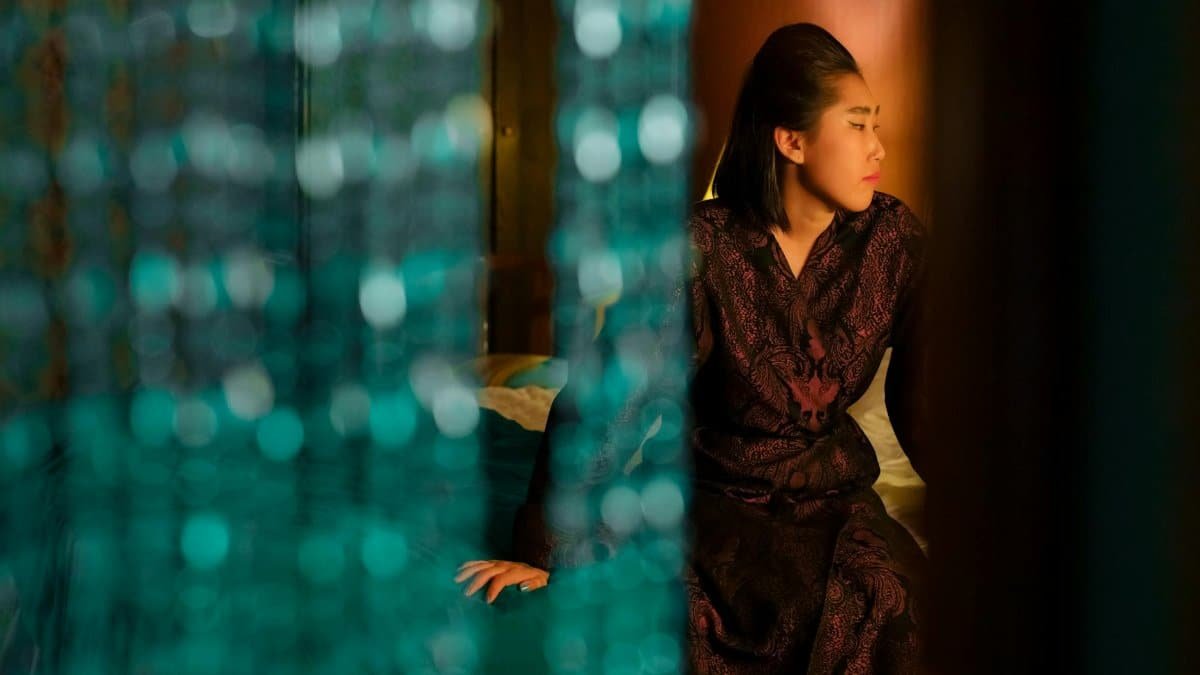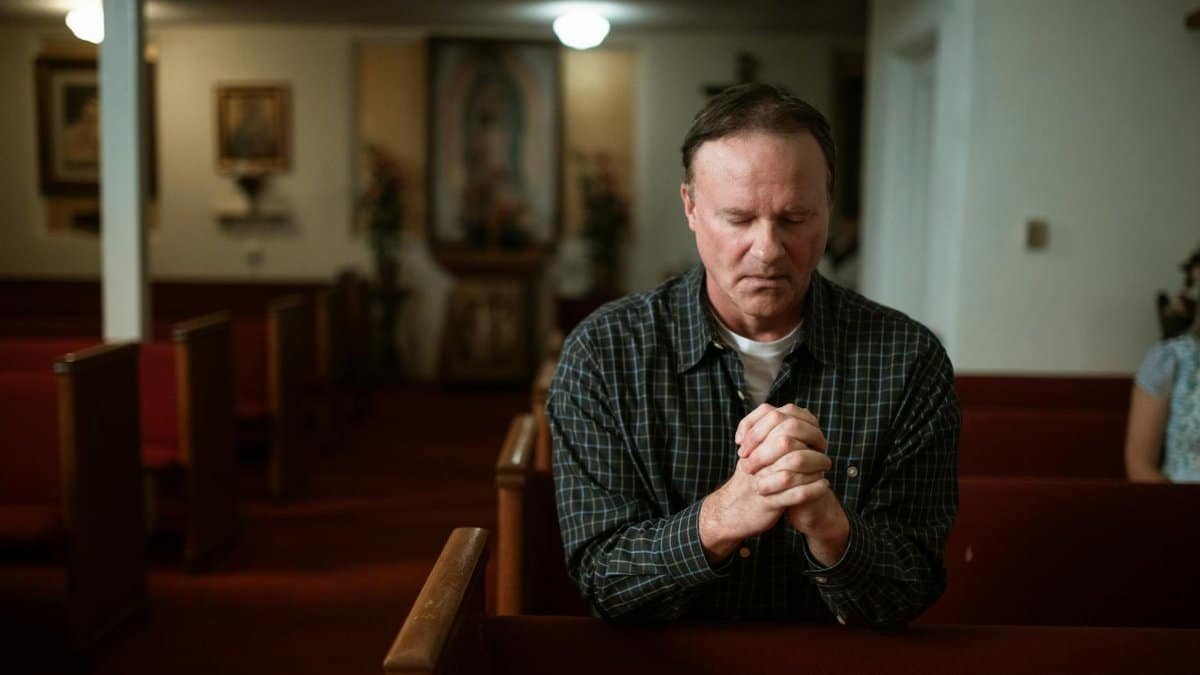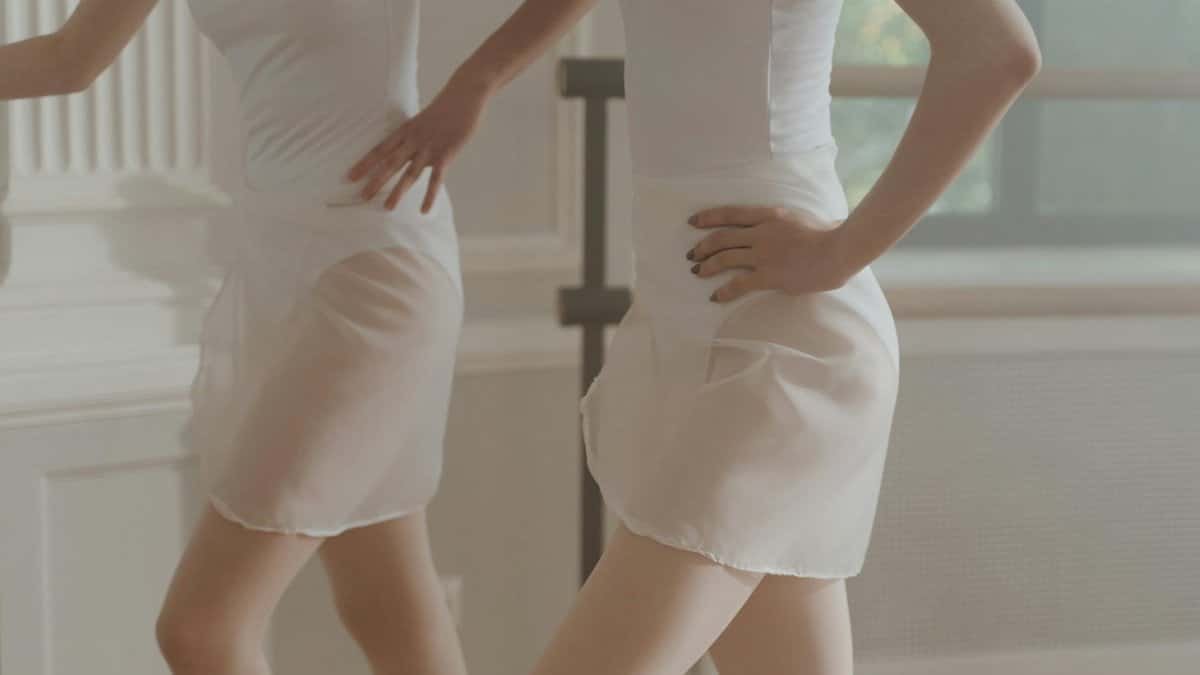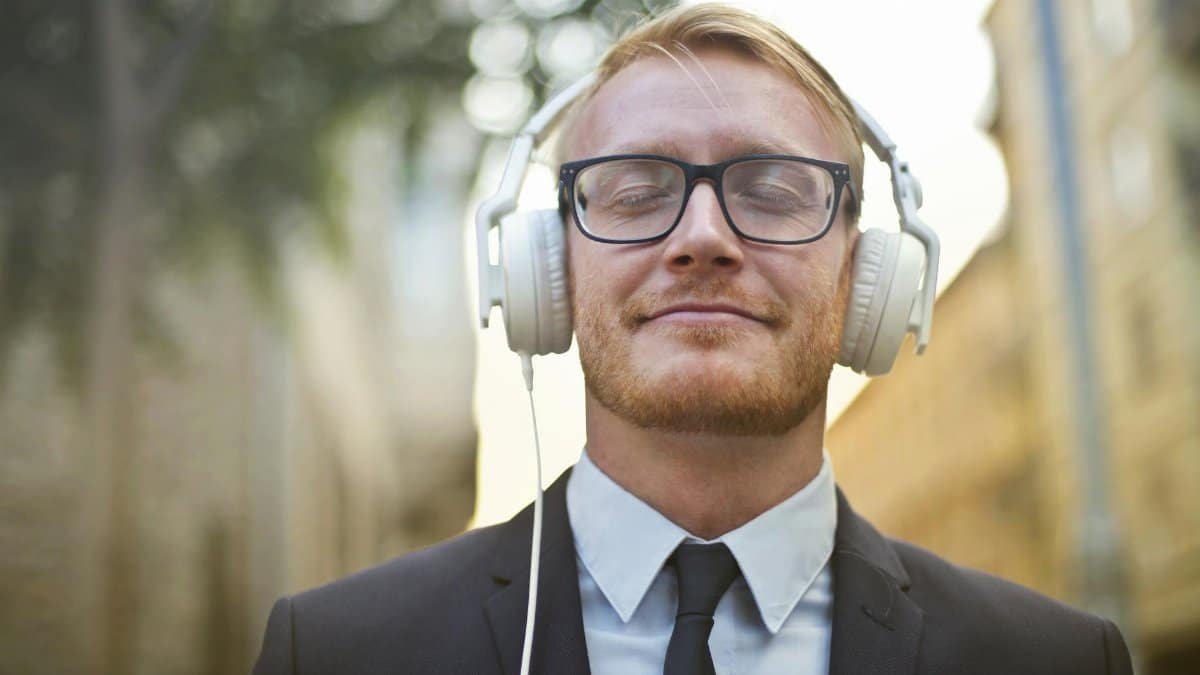Imagine a room full of people, each lost in their own rhythm, headphones on, swaying to music only they can hear. No chatter, no clashing beats—just a shared, silent energy. This is the essence of silent disco therapy, a growing practice that blends the joy of dance with the quiet of personal space. At first glance, it might seem like just another quirky trend, but beneath the surface, there’s a deeper promise: a way to ease anxiety through movement, free from the noise of the world. In cities across the U.S., from Brooklyn to Seattle, groups are gathering to test this idea, seeking solace in synchronized steps without a single spoken word. Could this unconventional approach offer a real path to calm in our overstimulated lives? The early signs, both anecdotal and scientific, suggest it just might.
What Is Silent Disco Therapy, Really?

For the uninitiated, silent disco therapy isn’t just a party gimmick with wireless headphones. It’s a structured experience, often guided by facilitators or therapists, where participants dance to curated playlists in a group setting—without external sound. The goal isn’t just to have fun (though that’s often a byproduct). It’s to tap into movement as a form of emotional release, using the body to process stress or anxiety. Unlike traditional dance therapy, which might involve verbal instruction or group discussion, this method leans on silence and individuality within a collective space. Think of it as meditation in motion, where the music in your ears becomes a private anchor.
Some sessions focus on specific emotional themes—grief, joy, tension—while others let participants interpret the beats as they wish. A facilitator might signal a shift in pace with a subtle gesture, but there’s no pressure to conform. It’s this freedom, many say, that makes the experience so liberating.
The Science Behind the Silence

Why might dancing in silence help with something as complex as anxiety? Researchers are starting to piece it together. Early clinical pilots, like those conducted at universities, have shown that structured movement to music can trigger a measurable rise in dopamine, the brain’s feel-good chemical. A study from the University of California, San Francisco, found that dance-based interventions can lower cortisol levels, a key stress marker, in participants after just a few sessions.UCSF News reported similar findings in related movement therapies. Another piece of research from the National Institutes of Health suggests that group activities, even non-verbal ones, foster a sense of connection that combats loneliness—a common anxiety trigger.NIH News offers broader context on such studies.
With silent disco therapy, the lack of external noise might amplify these effects. Without lyrics or loudspeakers, the brain isn’t distracted by words or environmental chaos. Instead, it hones in on rhythm and personal sensation, creating a kind of sensory cocoon. While more targeted studies are needed, the preliminary data is promising.
A Cultural Shift Toward Quiet Connection

In a world where we’re bombarded by notifications and endless noise, the appeal of silent disco therapy isn’t hard to grasp. Across the U.S., particularly in urban hubs like Los Angeles and Chicago, wellness spaces and community centers are hosting these events as an antidote to overstimulation. It’s not just about escaping sound—it’s about reclaiming a sense of agency over one’s emotional state. Participants often describe feeling both deeply alone and profoundly connected during a session, a paradox that seems to resonate in 2025 as people grapple with digital fatigue.
Take the case of a weekly gathering in a small Brooklyn studio. There, a diverse crowd—teachers, tech workers, retirees—slips on headphones and moves through a 60-minute playlist. No one speaks, yet there’s an unspoken camaraderie. One attendee, a middle-aged accountant, shared afterward that it felt like “a conversation without words,” a way to shed the day’s worries without needing to explain them.
Addressing Anxiety Through Movement

Anxiety, with its racing thoughts and tight chest, often feels like a trap with no exit. Traditional talk therapy helps many, but for some, verbalizing distress is itself a hurdle. Silent disco therapy sidesteps this by focusing on the physical. Movement becomes the language. A 2023 report from the American Psychological Association highlighted that body-based therapies can be as effective as cognitive approaches for certain individuals, especially those with trauma or social anxiety.APA News provides ongoing updates on such therapeutic trends.
The act of dancing, even in a low-key way, forces the mind to shift focus. You’re not ruminating when you’re figuring out how to match a beat. You’re not spiraling when your arms are swaying. For many, this break in mental chatter is a rare relief, a chance to reset without judgment.
Challenges in the Silent Space

Of course, silent disco therapy isn’t a magic fix. Not everyone feels comfortable dancing, even in a non-judgmental setting. Some find the silence itself unnerving, craving the energy of shared sound or conversation. Accessibility is another hurdle—headphone setups and session fees can exclude those with limited means or hearing impairments, though some programs are working on inclusive adaptations. And without standardized training for facilitators, the quality of sessions can vary widely.
Then there’s the skepticism. A therapist in Seattle noted that clients often balk at the idea initially, assuming it’s too “out there” to be effective. Overcoming that mental barrier takes time, as does finding a group or playlist that feels right. Still, for those willing to try, the potential payoff often outweighs the initial awkwardness.
Practical Ways to Engage

Curious about silent disco therapy but not sure where to start? First, check local wellness centers or community boards for events—many offer introductory sessions at low or no cost. Online platforms also host virtual versions, where you dance at home with a streamed playlist and a group Zoom call (muted, of course). If joining a group feels daunting, try a solo version: grab headphones, curate a playlist of instrumental tracks, and move in your living room for 20 minutes. Notice how your body feels afterward.
For a deeper dive, look for sessions led by certified dance or movement therapists. The American Dance Therapy Association provides resources and directories for finding qualified practitioners.American Dance Therapy Association is a reliable starting point. Start small, but stay open to the unexpected ways this practice might shift your perspective.
The Emotional Ripple Effect

Beyond individual relief, silent disco therapy seems to create subtle ripples in how people relate to each other. In a recent online discussion, one person described joining a session after a tough breakup. They didn’t expect much, just a distraction. Yet, halfway through, seeing others move with abandon—some with closed eyes, others with shy smiles—sparked a quiet realization: everyone carries unseen burdens, and everyone can let go, even briefly. That shared, wordless understanding felt more healing than hours of venting to friends.
This communal aspect, even in silence, hints at why the practice is gaining traction. It’s not just about personal calm; it’s about feeling part of something larger, without the pressure to perform or explain. As more Americans seek non-traditional ways to manage mental health in 2025, these quiet dance floors might become unexpected havens.
Looking Beyond the Headphones

Silent disco therapy won’t replace conventional treatments for anxiety, nor should it. But as a complement—or for those who’ve found little relief elsewhere—it offers a fresh angle. It reminds us that healing doesn’t always need words. Sometimes, it’s in the sway of a shoulder, the tap of a foot, the fleeting eye contact with a stranger across the room. The practice challenges our cultural obsession with constant noise and productivity, suggesting that stillness and rhythm can be just as powerful.
As research catches up with the trend, we’ll likely learn more about its long-term impact. For now, it’s enough to know that in scattered studios and living rooms across the country, people are dancing their way to a quieter mind—one silent beat at a time.
